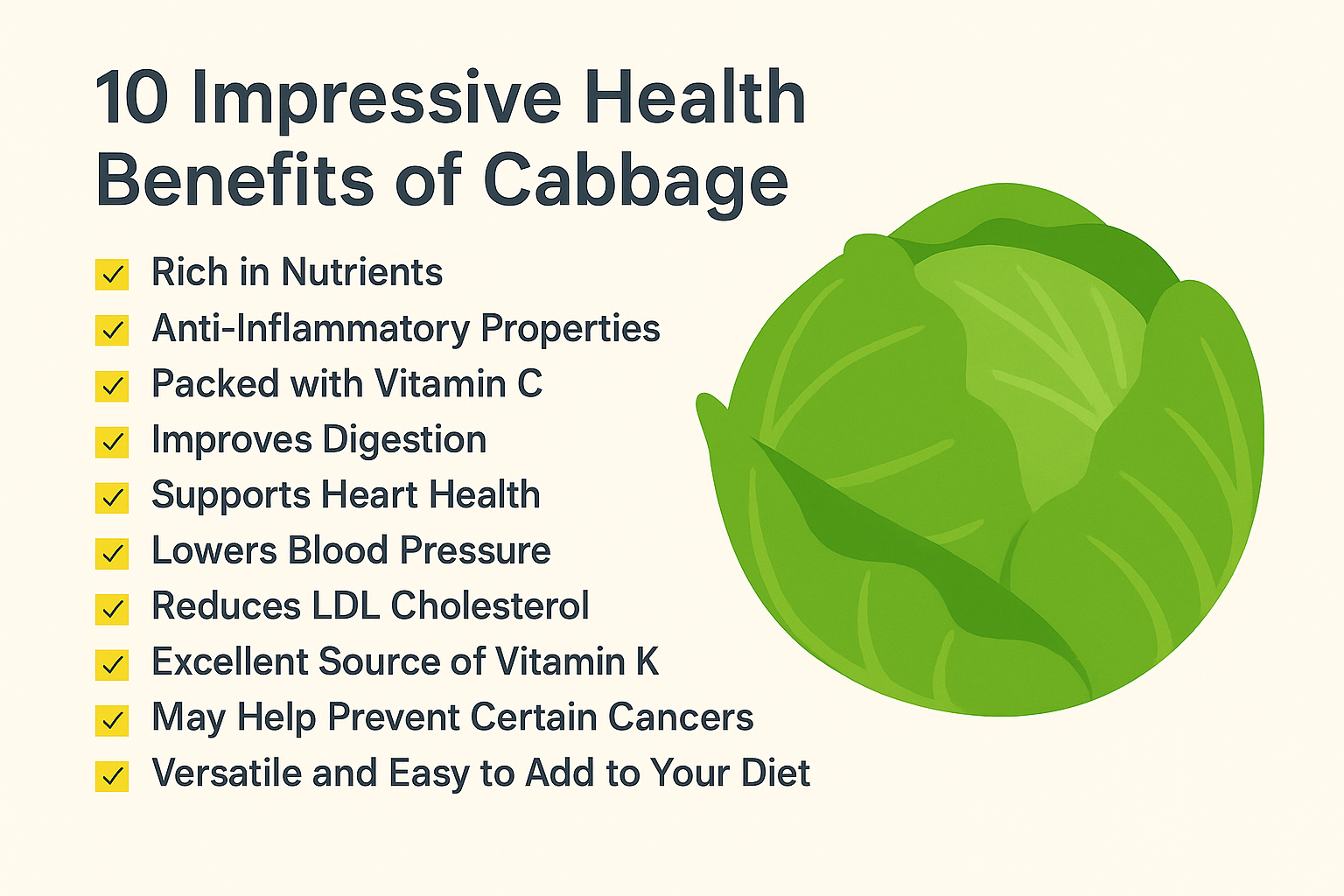
Chicken Breast Nutrition Complete Guide to Calories, Macros, and Benefits
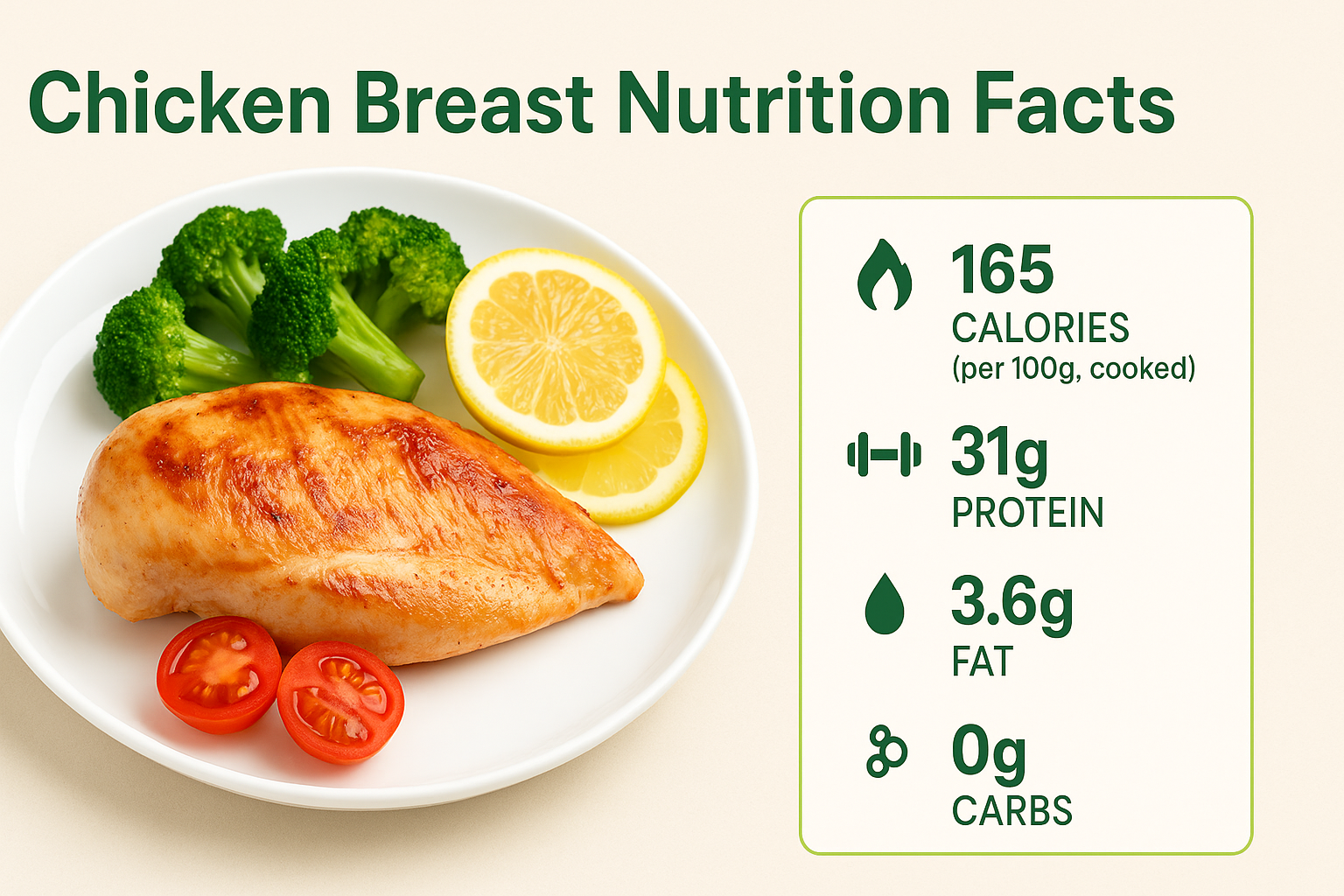
Chicken breast is one of the most popular protein sources worldwide. Whether you’re a fitness enthusiast counting macros, someone trying to lose weight, or just curious about healthy eating, chicken breast has probably landed on your plate at some point. It’s lean, versatile, and packed with essential nutrients that make it a true staple in countless diets.
In this guide, we’ll break down chicken breast calories, macros, vitamins, minerals, cooking methods, and health benefits so you can make the most informed choices for your diet.
What is Chicken Breast and Why is it So Popular?
A Lean Protein Source for Fitness Enthusiasts
Chicken breast is essentially the go-to lean protein. Athletes, bodybuilders, and fitness enthusiasts love it for one simple reason: it offers a lot of protein without unnecessary fat or carbs. A standard 100g serving of skinless, boneless chicken breast gives you about 165 calories, 31g protein, 3.6g fat, and 0g carbs. That makes it incredibly nutrient-dense for muscle growth and fat loss alike.
Think of chicken breast as the “blank canvas” of the protein world. It’s mild in flavor, easy to season, and fits almost any cuisine—from American grilled chicken to Indian curries, Mediterranean salads, or Asian stir-fries. Because of this versatility, it has become a dietary cornerstone for anyone aiming to hit daily protein goals.
Chicken Breast vs. Other Chicken Cuts
So why does chicken breast get all the glory? The main difference lies in fat and calorie content:
- Chicken Thighs: Richer and juicier but contain almost double the fat.
- Chicken Wings: Delicious but often fried, making them calorie-heavy.
- Chicken Drumsticks: Flavorful yet slightly higher in fat.
- Chicken Breast: Lean, mild, and adaptable—perfect for clean eating.
This doesn’t mean thighs or wings are “bad”—but for people focused on weight management and muscle-building, chicken breast is the clear winner.
Why Chicken Breast is Considered Healthy
Beyond being low-calorie and high-protein, chicken breast is also cholesterol-free when skinless, making it heart-friendly compared to red meats. It provides essential nutrients like vitamin B6, niacin, phosphorus, and selenium, all of which play key roles in energy production, metabolism, and immune health.
It’s this combination of lean protein + vital nutrients + versatility that makes chicken breast one of the healthiest and most practical proteins you can include in your diet.
Chicken Breast Calories – The Breakdown
Raw Chicken Breast Calories
A 100g raw skinless, boneless chicken breast provides about 120 calories. However, those numbers shift once you cook it because water and fat content change depending on the cooking method.
For example:
- Raw 100g chicken breast = ~120 calories
- Cooked (grilled) 100g chicken breast = ~165 calories
This difference occurs because cooking reduces water content, making the nutrient density higher per gram.
Cooked Chicken Breast Calories
Cooking chicken increases its calorie density slightly. On average:
- Grilled chicken breast (100g): ~165 calories
- Baked chicken breast (100g): ~165–170 calories
- Boiled chicken breast (100g): ~150 calories
- Fried chicken breast (100g): ~220–250 calories (depending on oil use)
Notice how frying dramatically increases calories due to added oil absorption. That’s why grilled, baked, or boiled chicken breast is usually recommended for a healthy, calorie-conscious diet.
Factors That Affect Calorie Count (Skin, Cooking Oil, Seasoning)
- Skin On vs. Skin Off
- Skin-on chicken breast has significantly more calories and fat.
- Removing the skin cuts about 40–50 calories per 100g.
- Cooking Oil and Butter
- A tablespoon of olive oil adds 120 calories.
- Frying or pan-searing with heavy oil makes chicken breast much higher in calories.
- Seasonings and Sauces
- Herbs and spices? Virtually no calories.
- Cream sauces, marinades, or glazes? They can add anywhere from 50–200 extra calories.
Bottom line: chicken breast itself is lean, but cooking methods and added ingredients can make or break its calorie count.
Chicken Breast Macros – Protein, Carbs, and Fats
Protein Content and Benefits
Chicken breast is famous for being a protein powerhouse. A 100g serving offers 31 grams of protein, which covers about 60% of the average adult’s daily requirement. Protein is essential for:
- Muscle repair and growth after workouts
- Boosting metabolism (protein burns more calories to digest)
- Satiety and appetite control, which helps with weight management
Unlike plant proteins, chicken breast is a complete protein, meaning it provides all nine essential amino acids your body needs.
Fat Levels in Skinless vs. Skin-On Chicken Breast
One of the key reasons chicken breast is considered “lean” is its low fat content. Here’s the comparison:
- Skinless Chicken Breast (100g): ~3.6g fat
- Skin-On Chicken Breast (100g): ~8g fat
While skin-on breast provides more flavor and moisture, the extra fat nearly doubles the calories. If you’re cutting calories or eating clean, skinless chicken breast is the smarter option.
Carbohydrate Content (or Lack Of)
One big advantage of chicken breast is that it’s carb-free. This makes it perfect for:
- Keto diets
- Low-carb meal plans
- Diabetic-friendly diets
With zero carbs, chicken breast fits seamlessly into virtually any eating style focused on protein and fat balance.
Chicken Nutrition Facts – Vitamins and Minerals
Essential Micronutrients in Chicken Breast
Beyond protein and calories, chicken breast also provides a wide array of micronutrients:
- Niacin (Vitamin B3): Supports metabolism and nervous system health.
- Vitamin B6: Aids in red blood cell production and brain function.
- Phosphorus: Strengthens bones and teeth.
- Selenium: A powerful antioxidant for immune health.
- Potassium: Regulates fluid balance and muscle contractions.
These nutrients make chicken breast a true “functional food”—fueling your body beyond just protein.
Role in Muscle Growth, Immunity, and Energy
- Muscle Growth: Protein + B vitamins accelerate recovery and hypertrophy.
- Immunity: Selenium and zinc help boost immune defenses.
- Energy: Phosphorus and B vitamins play a role in breaking down food into usable energy.
So, while many only think of chicken breast as protein, it’s actually a complete nutrient package that supports overall health.
Chicken Breast Nutrition Label Explained
On a typical nutrition label for a 100g cooked chicken breast, you’d see:
- Calories: 165
- Protein: 31g
- Fat: 3.6g
- Carbs: 0g
- Sodium: ~70mg
- Cholesterol: ~85mg
This simple but powerful profile shows why chicken breast is a nutrition superstar.
Chicken Breast Calories by Cooking Method
Grilled Chicken Breast Calories
Grilled chicken breast is one of the healthiest and tastiest ways to cook it. A 100g grilled, skinless chicken breast averages 165 calories. Grilling enhances flavor without adding oil or fat, making it a great option for fitness enthusiasts.
Baked Chicken Breast Calories
Baked chicken breast is slightly higher in calories (165–170 per 100g) depending on seasonings and oil. It retains moisture well and is easy to batch-cook, which makes it perfect for meal prep.
Fried Chicken Breast Calories – Why It’s Higher
Frying chicken breast is delicious but calorie-heavy. A 100g fried chicken breast can pack 220–250 calories, almost 50% more than grilled or baked. The difference? Oil absorption. Each tablespoon of frying oil adds about 120 calories, which quickly multiplies.
If you love crispy textures but want fewer calories, consider air-frying chicken breast, which cuts oil use dramatically while still giving you crunch.
Skinless Chicken Breast Nutrition
Why Removing the Skin Matters
When it comes to calories and fat content, the skin makes a huge difference. While chicken skin is flavorful, it’s also where much of the fat is stored. Removing the skin before cooking can cut up to 50% of the fat content in a chicken breast.
For example:
- 100g skin-on chicken breast: ~190 calories, 8g fat
- 100g skinless chicken breast: ~165 calories, 3.6g fat
That’s a difference of nearly 25 calories and 5g fat per serving. Over time, those calories add up—making skinless chicken breast the smarter choice if your goals are weight loss, lean muscle building, or heart health.
Calories in Boneless, Skinless Chicken Breast
A standard 4-ounce (113g) boneless, skinless chicken breast contains:
- Calories: ~187
- Protein: ~35g
- Fat: ~4g
- Carbs: 0g
This profile makes it one of the most nutrient-dense foods per calorie, meaning you get a ton of essential nutrition without excess energy intake.
Skin-On vs. Skinless Comparison
| Chicken Breast Type (100g) | Calories | Protein | Fat | Carbs |
| Skin-On Chicken Breast | ~190 | 29g | 8g | 0g |
| Skinless Chicken Breast | ~165 | 31g | 3.6g | 0g |
If you’re focused on taste and don’t mind the calories, skin-on can be fine occasionally. But for a daily protein staple, skinless chicken breast is the gold standard.
Chicken Breast Nutrition by Serving Size
4 oz Chicken Breast – Calories and Macros
A 4 oz (113g) cooked, skinless chicken breast is a common portion size in meal plans. It contains:
- Calories: ~187
- Protein: 35g
- Fat: 4g
- Carbs: 0g
This serving alone provides more than half of the daily protein needs for many people. That’s why you’ll often see fitness coaches recommending 4 oz chicken breasts for balanced meals.
6 oz Chicken Breast – Calories and Macros
A 6 oz (170g) chicken breast gives you a hearty portion:
- Calories: ~280
- Protein: 52g
- Fat: 6g
- Carbs: 0g
This serving size is excellent for athletes and those looking to build muscle. With more than 50 grams of protein, it’s a post-workout powerhouse.
8 oz Chicken Breast – Calories and Macros
For bigger appetites, an 8 oz (227g) chicken breast provides:
- Calories: ~374
- Protein: 70g
- Fat: 8g
- Carbs: 0g
That’s an enormous amount of protein in one sitting—nearly an entire day’s worth for some people. While it’s nutrient-rich, portion control is still important, as overeating protein can add unnecessary calories.
How Many Calories Are in a Chicken Breast?
Average Weight of a Chicken Breast
Chicken breast sizes vary. A small chicken breast might weigh 3–4 oz, while a large one can be 8–10 oz raw. On average, a single chicken breast is about 6–8 oz raw (170–227g).
Since cooking reduces water content, the weight decreases by about 25% after cooking. So, a raw 8 oz breast will shrink to about 6 oz cooked.
Calorie Ranges Depending on Cooking Style
- Boiled 100g breast: ~150 calories
- Grilled 100g breast: ~165 calories
- Baked 100g breast: ~170 calories
- Fried 100g breast: 220–250 calories
This shows that the cooking method can change calorie counts dramatically. Grilling and baking are the best options for keeping calories low while retaining nutrients.
Quick Reference Table
| Chicken Breast (Cooked, Skinless) | Calories | Protein | Fat |
| 100g | ~165 | 31g | 3.6g |
| 4 oz (113g) | ~187 | 35g | 4g |
| 6 oz (170g) | ~280 | 52g | 6g |
| 8 oz (227g) | ~374 | 70g | 8g |
This table makes it easy to eyeball your portions and log them accurately in fitness apps.
Health Benefits of Chicken Breast
Weight Loss and Satiety
Chicken breast is a superstar for weight loss diets. Why?
- High in Protein: Keeps you full longer, reducing snacking.
- Low in Calories: Gives you more food volume for fewer calories.
- Boosts Metabolism: Protein has a high thermic effect, meaning your body burns more calories digesting it compared to carbs or fats.
Replacing high-fat meats with chicken breast can lead to significant calorie savings over time.
Muscle Growth and Recovery
If you’re lifting weights or doing intense workouts, chicken breast is a muscle-building essential. With 30+ grams of protein per serving, it delivers the amino acids your muscles need to repair and grow.
That’s why it’s a bodybuilding staple—cheap, efficient, and easy to prepare in bulk.
Heart Health and Low Cholesterol Benefits
Skinless chicken breast is naturally low in saturated fat and cholesterol, making it a healthier alternative to red meats like beef or pork. Combined with its selenium and B-vitamin content, it supports overall cardiovascular health.
Choosing chicken breast over fatty meats can lower your risk of heart disease and high cholesterol.
Chicken Breast for Different Diets
Chicken Breast for Keto and Low-Carb Diets
Chicken breast is naturally zero-carb, making it keto-approved. Pair it with healthy fats like avocado, olive oil, or cheese for a perfect low-carb, high-fat balance.
For example: grilled chicken breast with avocado salad is a keto-friendly powerhouse meal.
Chicken Breast for High-Protein Diets
Chicken breast is the king of lean protein. Whether you’re an athlete, bodybuilder, or just want to increase protein intake, chicken breast delivers. Its high protein-to-calorie ratio makes it ideal for maximizing gains without unnecessary fat.
Chicken Breast for Balanced Weight Management
Even if you’re not on keto or bodybuilding, chicken breast works well in balanced diets. Combine it with:
- Whole grains like brown rice or quinoa
- Vegetables like broccoli, spinach, or peppers
- Healthy fats like nuts or olive oil
This creates nutrient-packed meals that fuel energy, promote satiety, and maintain a healthy weight.
Alright ✅ Let’s move into Step 3 of the article, covering the next 5 sections (11–15) of our Chicken Breast Nutrition Guide.
Tips for Cooking Healthy Chicken Breast
Best Cooking Methods to Retain Nutrition
The way you cook chicken breast can make or break its nutritional value. Some methods add unnecessary calories, while others preserve its lean, clean profile.
- Grilling: Keeps it low-calorie and adds a smoky flavor.
- Baking: Seals in moisture and requires minimal oil.
- Boiling/Poaching: Very low in calories, though less flavorful.
- Air Frying: Crisp texture like fried chicken but with far fewer calories.
Avoid deep frying, which can add hundreds of calories from oil absorption. If you want to maximize protein without added fat, grilling and baking are your best bets.
Seasoning Without Adding Calories
A common complaint about chicken breast is that it tastes “bland.” The good news? You can flavor it without sabotaging your calories.
Try these low-calorie seasoning options:
- Herbs and Spices: Garlic, paprika, oregano, rosemary, cumin.
- Citrus Juices: Lemon or lime adds freshness.
- Vinegar and Soy Sauce: Tangy flavors without excess fat.
- Hot Sauce or Mustard: Low in calories but high in flavor.
Avoid heavy cream sauces, butter glazes, or sugar-filled marinades if you’re calorie-conscious.
Mistakes to Avoid When Cooking Chicken
- Overcooking: Leads to dry, rubbery chicken. Use a meat thermometer (165°F/74°C internal temp is ideal).
- Using Too Much Oil: One tablespoon of oil = 120 calories.
- Skipping Marinades: A proper marinade boosts taste and tenderness.
Cook it right, and chicken breast can be juicy, flavorful, and satisfying—not boring.
Chicken Breast Nutrition Compared to Other Proteins
Chicken Breast vs. Beef
- Beef (100g lean ground): ~250 calories, 26g protein, 17g fat
- Chicken Breast (100g cooked): ~165 calories, 31g protein, 3.6g fat
Chicken breast is lower in calories and fat while offering more protein per calorie. Beef provides more iron and B12, but chicken is the leaner choice.
Chicken Breast vs. Fish
- Salmon (100g): ~208 calories, 20g protein, 13g fat (rich in omega-3s)
- Chicken Breast (100g): ~165 calories, 31g protein, 3.6g fat
Salmon offers heart-healthy omega-3s but is higher in fat and calories. Chicken breast provides more protein for fewer calories. Both are excellent depending on your dietary goals.
Chicken Breast vs. Plant-Based Proteins
- Lentils (100g cooked): ~116 calories, 9g protein, 0.4g fat, 20g carbs
- Tofu (100g firm): ~145 calories, 15g protein, 9g fat
- Chicken Breast (100g): ~165 calories, 31g protein, 3.6g fat
Plant proteins are nutrient-dense and offer fiber, but chicken breast outshines them in protein density. However, combining chicken with plant-based foods can give you the best of both worlds.
Common Myths About Chicken Breast Nutrition
“Chicken Breast is Dry and Tasteless”
This myth comes from poor cooking. Properly marinated, seasoned, and cooked, chicken breast is tender and flavorful. Grilling, baking, and air frying can all yield juicy results when done right.
“Chicken Breast Has No Nutrients Beyond Protein”
False! Chicken breast is also rich in vitamins (B6, niacin) and minerals (selenium, phosphorus, potassium). It supports immunity, metabolism, and overall energy—not just muscle growth.
“Eating Too Much Chicken Breast is Unhealthy”
Moderation matters, but chicken breast is one of the cleanest proteins available. As long as you balance it with vegetables, healthy fats, and whole grains, it’s perfectly safe—even daily. Problems arise only if your diet is too restrictive or lacks variety.
Final Thoughts on Chicken Breast Nutrition
Chicken breast isn’t just a diet fad—it’s a nutritional powerhouse. With high protein, low fat, zero carbs, and essential vitamins and minerals, it’s the perfect food for weight loss, muscle growth, and overall health.
Whether grilled, baked, or boiled, it adapts to any meal plan and any cuisine. Its flexibility makes it ideal for athletes, dieters, and families alike.
If you want a lean, affordable, and versatile protein source, chicken breast deserves a permanent spot in your kitchen. Pair it with vegetables, whole grains, and healthy fats, and you’ve got the foundation for a truly balanced diet.
In short: chicken breast is lean, clean, and always on your team.
Read our previous blogs about Tofu Nutrition Benefits
FAQs
How many calories are in 100g of chicken breast?
A 100g cooked, skinless chicken breast contains about 165 calories, 31g protein, and 3.6g fat.
Is chicken breast healthier grilled or fried?
Grilled or baked chicken breast is healthier because frying adds extra calories from oil, making it 50% more calorie-dense.
How much protein does a chicken breast have?
A standard 4 oz (113g) cooked chicken breast has about 35g protein. A larger 8 oz portion can pack 70g protein.
Can you eat chicken breast daily?
Yes—chicken breast is safe to eat daily as part of a balanced diet. Just be sure to mix in vegetables, grains, and healthy fats for variety.
Is chicken breast good for weight loss?
Absolutely. Chicken breast is low in calories, high in protein, and carb-free, making it one of the best foods for fat loss and appetite control.

Hello! I am Amir
Interesting Posts


Essential Vitamins for Teenage Guys
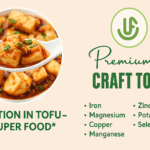
Tofu Nutrition A Complete Guide to Benefits, Facts, and Macros

The Best Shampoo and Conditioner for Hair Loss

Top Hair Growth Serums for Women
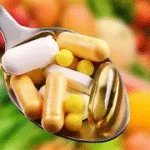
Vitamins for Dry Skin A Guide to Repair and Hydration
Nutrifocal inspires healthier living by delivering trusted nutrition, wellness guidance, and balanced lifestyle choices daily.
- Mark Twain Tweet
Related Posts
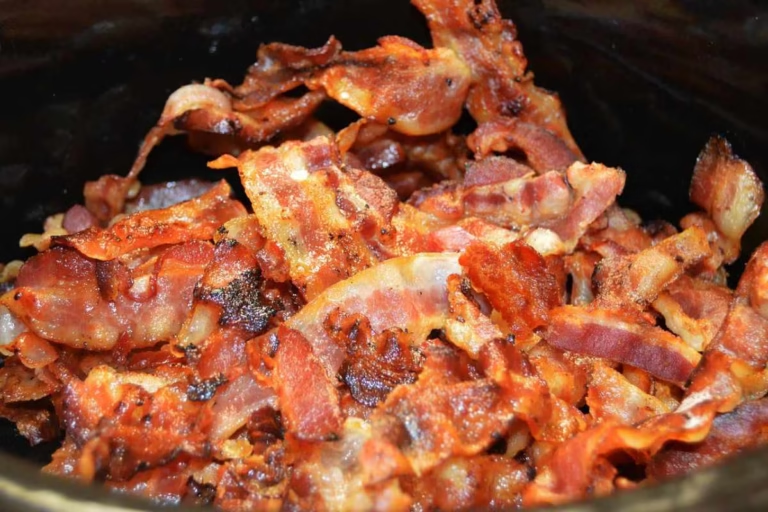
Health Benefits of Bacon
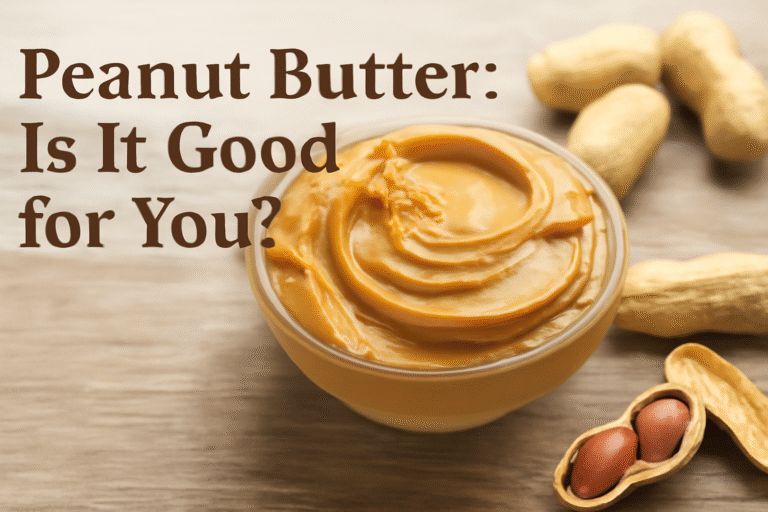
Peanut Butter Is It Good for You?
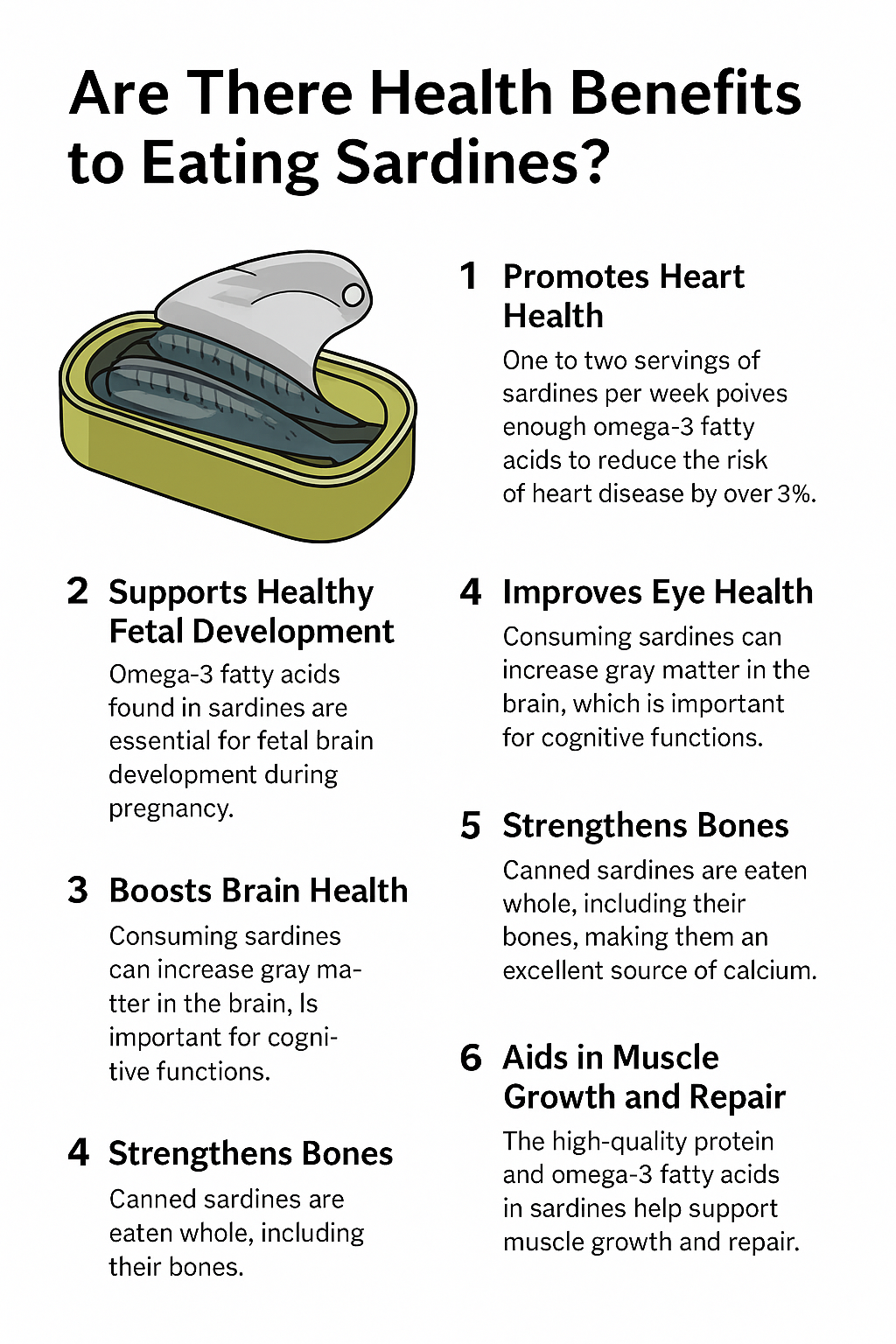
Are There Health Benefits to Eating Sardines?
